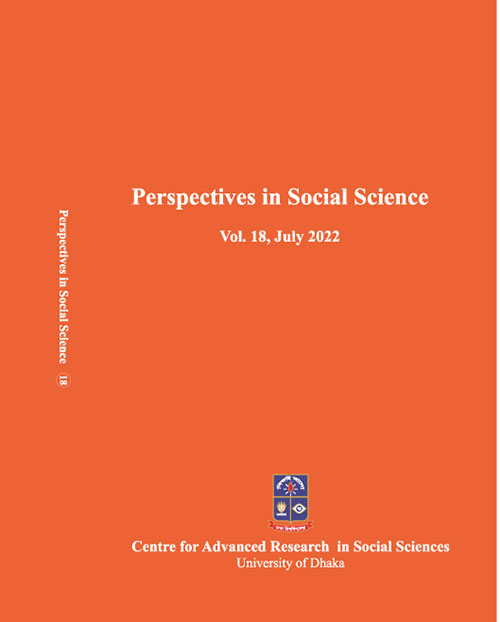Twenty-five years of Progress of Neonatal Deaths in Bangladesh: An Analysis of the Bangladesh Demographic and Health Surveys 1993-2018
Abu Hasanat Md. Kishowar Hossain, Sawkia Afroz and Gaylan Peyari Tarannum Dana
Published Date : 12-Jun-2024
Social Sciences Perspective
Vol. 18 July 2022
DOI: https://doi.org/10.59146/pss.v18.7537
ISSN : 2957-5001 (Print)
Vol. 18 July 2022
DOI: https://doi.org/10.59146/pss.v18.7537
ISSN : 2957-5001 (Print)
Abstract
Bangladesh has experienced a reduction in neonatal mortality by degrees from 52 deaths per 1,000 live births in 1994 to 30 deaths per 1,000 live births in 2018. While the country is expecting to attain the sustainable development goals target 3.2 related to neonatal deaths by 2030; the slower reduction of neonatal mortality might appear as a key challenge. This study aims to analyze the trend of neonatal mortality for the last 25 years and identify the underlying determinants of such unexpected deaths. To analyze the trend of neonatal mortality Bangladesh Demographic and Health Survey (BDHS) for the survey years of 1993-2018 data has been used. Both bivariate and multilevel regression analyses have been used focusing on the main objective of the study. The study demonstrates that the risk of neonatal death reduces with the mother’s age and birth interval. Additionally, sex of the child and birth order were significantly associated with neonatal deaths for all survey years (p < 0.001). According to this study, newborn mortalities are more common in rural areas than in urban areas. Despite a downward trend that was shown from 1993 to 2018, it can be concluded that the neonatal death reduction rate is substantially slower. If the current rate of progress continues, it is unlikely that Bangladesh will meet the SDG target by 2030. Strong initiatives are needed to minimize newborn mortalities, to meet the Sustainable Development Goals (SDG) objective of 12 per 1000 live births.
Keywords Child mortality, Neonatal mortality, Bangladesh Demographic and Health Facility Survey, Sustainable Development Goals, Bangladesh
Download PDF


